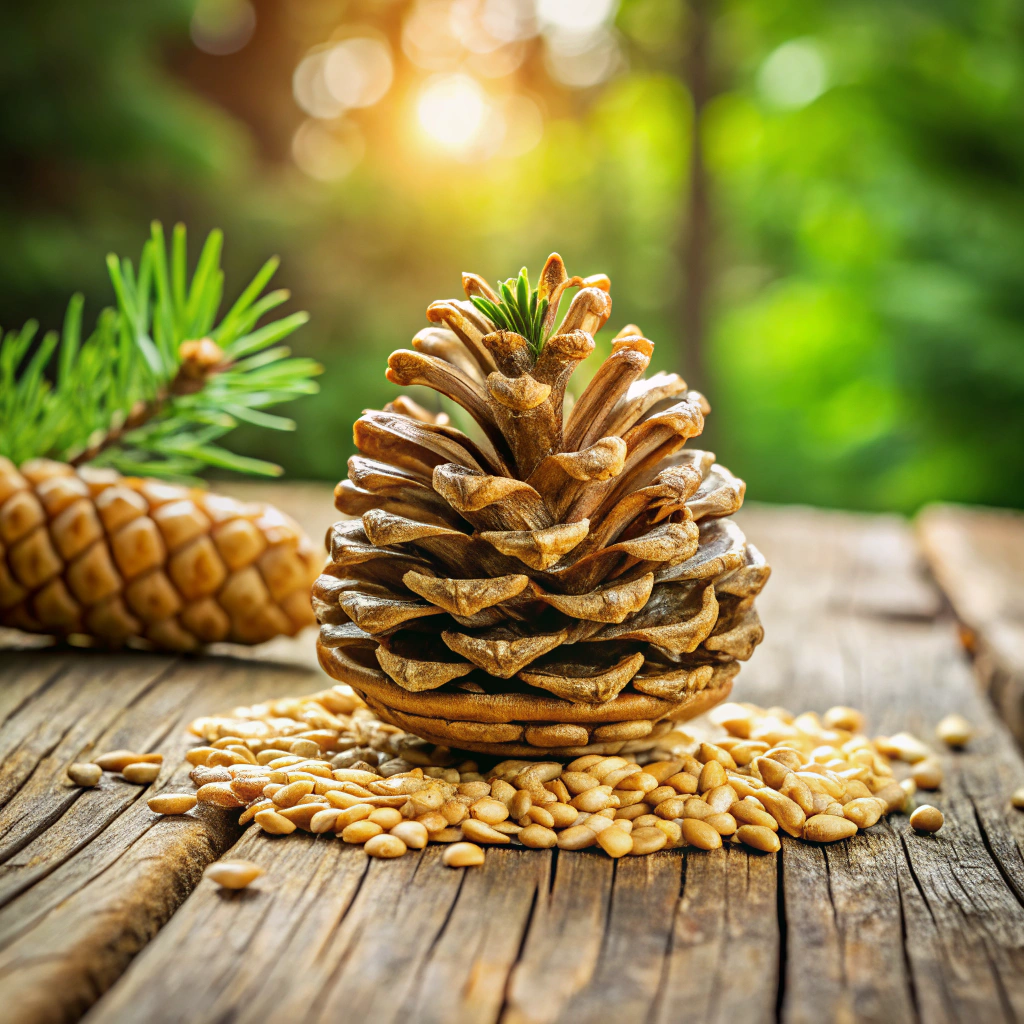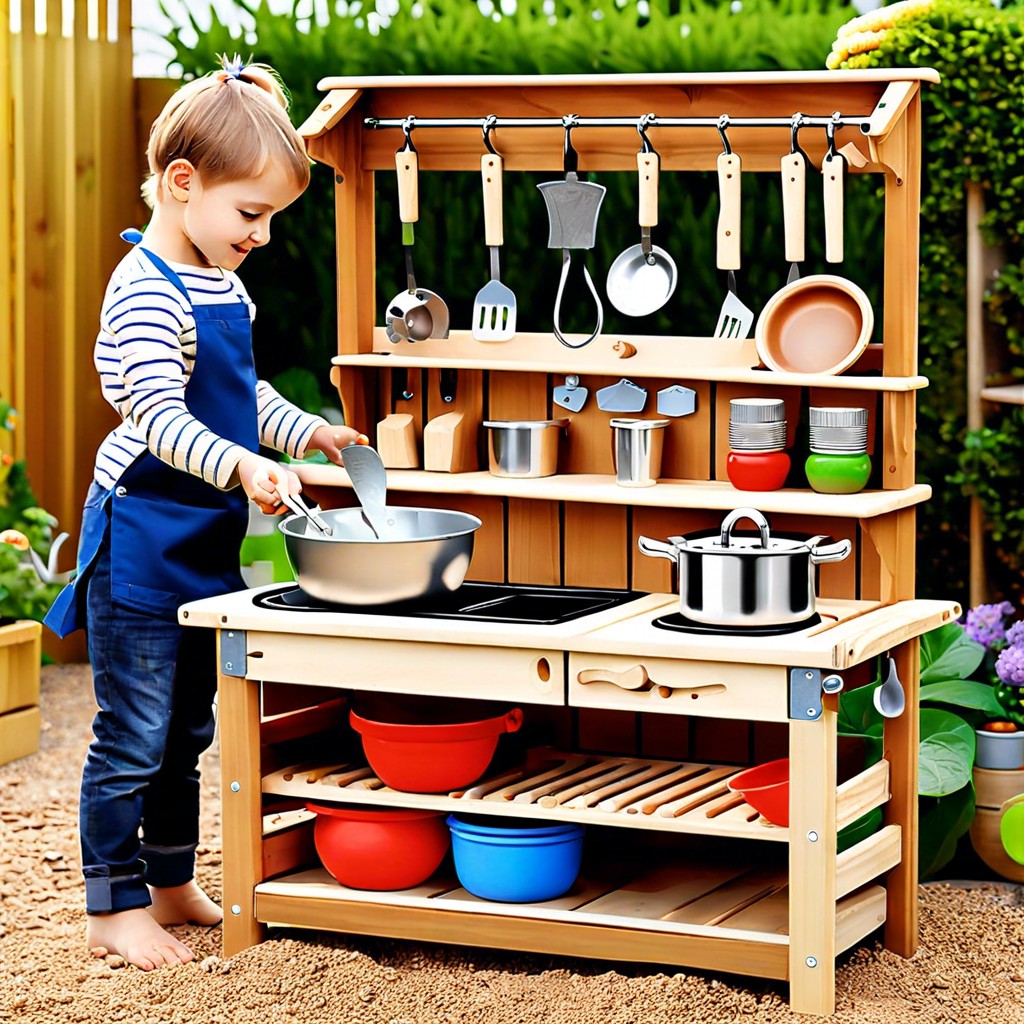Last updated on
Discover what attracts gnats and how to mitigate their unwelcome presence.
Key takeaways:
- Moisture and dampness attract gnats, such as overwatered plants and sink drains.
- Gnats are attracted to fermented or rotten foods, like overripe fruits.
- Gnats are drawn to light, so using yellow bulbs or dimming lights can help.
- Carbon dioxide from respiration attracts gnats to animals and humans.
- Sweet scents and sticky surfaces, like perfumes and sugary spills, attract gnats.
What's Inside
What Attracts Common Gnat Species

Gnats are attracted to moist environments and organic material which they use for feeding and breeding. Here’s what specifically draws different gnat species:
- Moisture and Dampness: Overwatered houseplants and accumulated moisture in sink drains create ideal breeding grounds for fungus gnats. Make sure to regulate plant watering and fix any leaks.
- Fermented or Rotten Foods: Fruit gnats, often called fruit flies, flock to overripe fruits and vegetables. To avoid this, store perishables properly and dispose of food waste promptly.
- Light: Many gnats are drawn to light, making outdoor lighting a beacon for these pests during evening hours. Using yellow bulbs or dimming lights can reduce this attraction.
- Carbon Dioxide: As a byproduct of respiration, carbon dioxide is a signal gnats use to locate animals and humans, which they occasionally bite or buzz around.
- Sweet Scents and Sticky Surfaces: Scents from perfumes, scented candles, and sugary spills are irresistible to gnats. Clean up any sticky residues and be mindful of the use of fragrances.
Understanding these attractants can help in controlling gnat populations by removing or minimizing their sources. Regular cleaning and maintenance go a long way in keeping these unwelcome guests at bay.
Fungus Gnat Life Cycle
Adult fungus gnats are drawn to moist environments with organic decay because that’s prime real estate for their offspring. Adult females lay their eggs in damp soil rich in organic matter, commencing the life cycle. The eggs, scarcely visible to the naked eye, hatch into larvae in just a few days. These larvae, or maggots, are translucent with shiny black heads and spend about two weeks feasting on fungi and organic material in the soil.
Throughout this larval stage, they’re notorious for causing trouble to houseplants by damaging roots and inhibiting growth. After chowing down and growing up, they enter the pupal stage, which takes place in the same moist soil. Within a week, they emerge from this transformation as adults ready to start the cycle anew.
By understanding this cycle, one can target interventions more effectively – disrupting the cycle means controlling the gnat population. Reducing moisture in plant soil, for example, can mitigate the conditions favorable for egg laying and larval development, making the environment less hospitable for these pests.
What Causes Gnats?
Understanding the root of a gnat infestation hinges on recognizing their preferred habitats and breeding grounds. Moisture is the common denominator for gnat colonization. Overwatered houseplants, leaky pipes, and damp areas provide perfect conditions for gnats to thrive and reproduce. The essence of decaying organic material, such as rotting fruit on the kitchen counter or compost piles near the home, sends an irresistible invitation to these pests.
Temperature also plays a pivotal role. Gnats flourish in warm environments, which is why they are often more problematic in the summer months. Insufficient cleaning can contribute to the issue as well. Accumulated food crumbs and spills, particularly sugary substances, are gnat magnets. Lastly, poor sealing of doors and windows can also be a culprit, allowing easy access for gnats to enter your home in search of food and shelter. By targeting these attractants, you can effectively disrupt the gnat life cycle and reduce the likelihood of infestation.
How to Prevent Gnat Infestations
Maintaining a gnat-free environment is simpler than one might think. The key is to eliminate the conditions that these pests find irresistible. Start by not overwatering plants; soggy soil is a haven for fungus gnats. Ensure pots have proper drainage and trays are emptied of standing water.
Regularly check for leaking pipes and fix them promptly. Moisture from leaks creates an ideal breeding ground for many gnat species. Keep your fruit bowls clean and free from overripe or rotting produce – a favorite for fruit gnats.
Cover trash cans and compost bins tightly. Open or overflowing waste attracts gnats seeking food and a place to lay eggs. Use a garbage disposal or compost pile properly, and don’t allow organic material to accumulate.
Employ the use of fine mesh screens on windows and doors to prevent gnats from entering your home. Moreover, clean up food spills and crumbs immediately to avoid creating an alluring gnat buffet.
By adopting these habits, you’ll reduce the chance of inviting gnats into your space and break the cycle before it begins.
How to Get Rid of a Gnat Infestation
Tackling a gnat infestation efficiently requires a multi-pronged approach:
First, eliminate the sources of attraction and breeding. Ensure all food residues are cleaned up, fruit is stored properly or refrigerated, and that houseplants are not overwatered, as damp soil can be a breeding ground for fungus gnats.
Introduce natural predators in your garden, such as nematodes or the bacteria Bacillus thuringiensis, which specifically target the larvae of gnats without harming plants.
Set up simple traps to catch adult gnats. For instance, a bowl of apple cider vinegar covered with plastic wrap poked with small holes will attract and trap gnats effectively.
Consistently dry out the top layer of soil in your houseplants to discourage fungus gnat larvae, or cover the soil with a layer of sand to prevent adults from laying eggs.
Use sticky traps near infested areas; these are especially useful for catching flying adults without using any harsh chemicals.
For persistent problems, consider a safe insecticidal soap or neem oil spray as a targeted approach to eliminate gnats without causing harm to your plants.
Regularly inspect for moist areas that can attract gnats, including sink drains, trash cans, and moist towels, ensuring these are kept clean and dry.
Remember that patience and consistency are key — it may take a few cycles to completely break the reproductive cycle of the gnats, but with diligent effort, your infestation can become a thing of the past.




